Eridu, the Bible’s ‘First City’ and the Family of Cain: Archaeological Parallels to the Biblical Account
Within Oxford’s Ashmolean Museum resides one of the most intriguing and important early inscriptions ever discovered—a significant discovery for archaeology in general, and for biblical archaeology in particular.
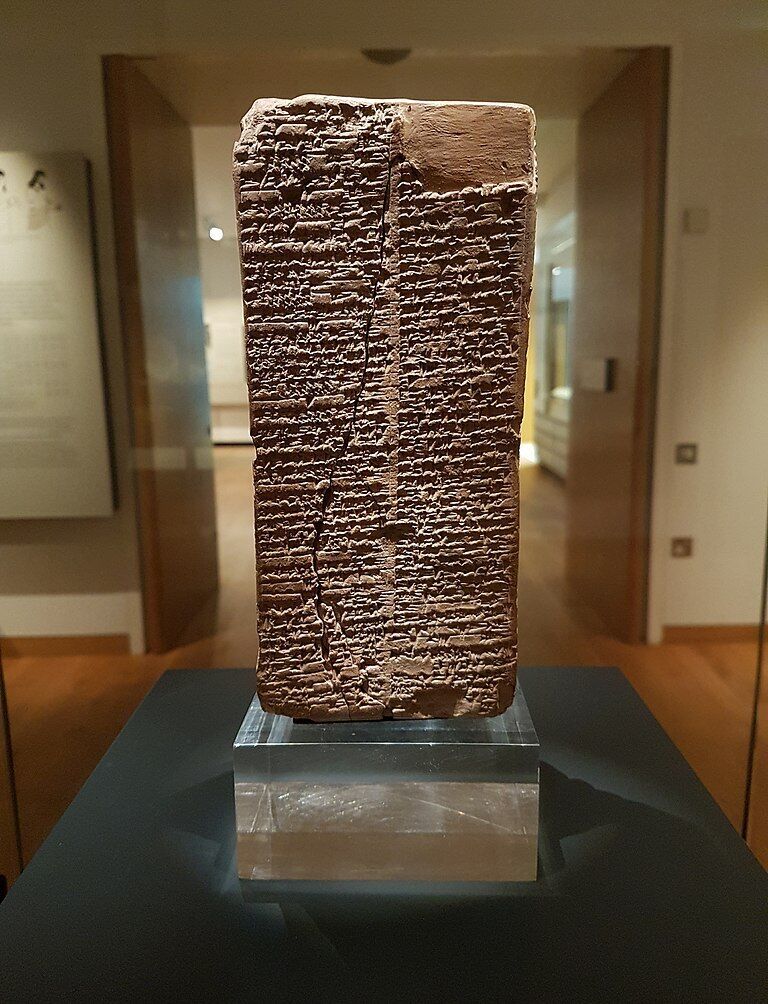
Found in 1922 and known as Weld-Blundell 444, this is a tall cuboid cuneiform-covered clay prism, dated to the 19th century b.c.e. It preserves the most complete form of a text known as the Sumerian King List (a Sumerian document known in partial form from other inscriptions dating to the same time period). Sumer is generally regarded as mankind’s “earliest civilization,” and the term is cognate with that of the earliest biblical civilization of the same region—that of Shinar (Genesis 11:2).
Civilizations are one thing; cities are another. And the Sumerian King List enumerates the rulers of various cities back into earliest antiquity. Most intriguing are the earliest kings on this list. These eight successive rulers have immensely long lifespans, and are followed by a “flood” that “swept over.”
Of course, this archaeological discovery has long been recognized for its remarkable parallels with the biblical account of the immensely long-lived antediluvians, who were followed by the Great Flood. But there is another intriguing angle to this ancient text which parallels that of the biblical account—particularly, in relation to its account of the “first city.”
Longevity of the Ancients
The Bible is well known for the immense ages given for the antediluvians, many of whom lived into their 900s. Through the line of Adam’s son Seth, there are 10 generations specifically highlighted up to Noah and the Great Flood (Genesis 5). Through Cain, eight successive generations are specifically highlighted (Genesis 4).
The Sumerian King List likewise gives immense numbers to the reigns of its own eight successive antediluvian rulers. Yet far from being akin to the biblical ages (which are given to the nearest year—e.g. the 912-year-old Seth and the 969-year-old Methuselah), the Sumerian King List’s ages are more roughly rounded—and hyperbolic. As follows:
- Alulim: 8 sars (28,800 years)
- Alalngar: 10 sars (36,000 years)
- En-men-lu-ana: 12 sars (43,200 years)
- En-men-gal-ana: 8 sars (28,800 years)
- Dumuzid: 10 sars (36,000 years)
- En-sipad-zid-ana: 8 sars (28,800 years)
- En-men-dur-ana: 5 sars and 5 ners (21,000 years)
- Ubara-Tutu: 5 sars and 1 ner (18,600 years)
In the Sumerian sexagesimal numeric system, “sars” represent units of 3,600, and “ners” units of 600. As such, the year length of these “ages” are typically translated as shown in the parentheses above. Despite this, various attempts have been made to reinterpret these numbers into more reasonable figures.
Whatever the case, we do have here a fascinating, 4,000-year-old general parallel to the biblical account in the number of successive antediluvian generations, the general picture of immense longevity, and a great flood that ended it all.
But the parallels go further—including where these particular individuals began ruling from.
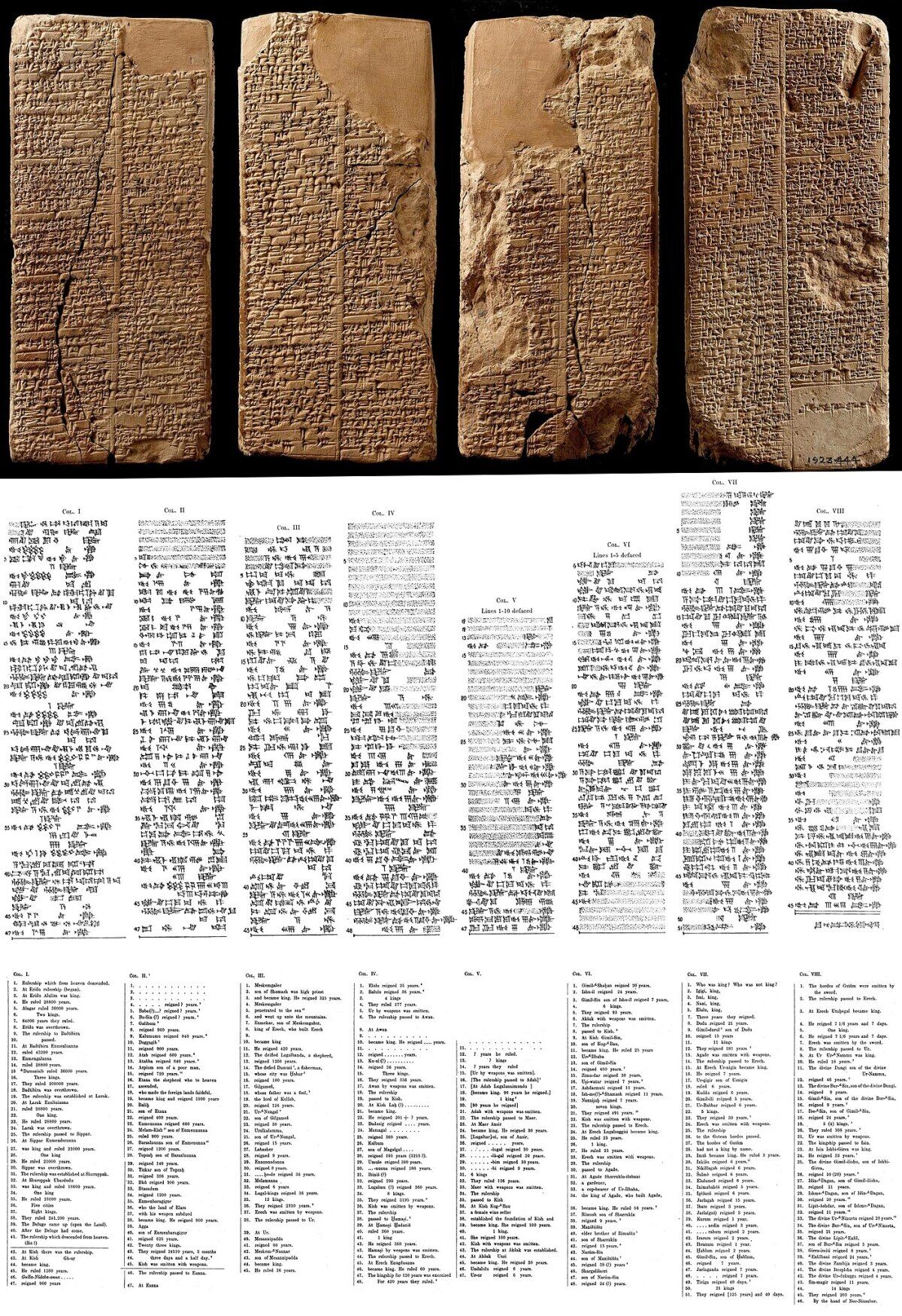
World’s First City
The Sumerian King List begins:
“After the kingship descended from heaven, the kingship was in Eridu.”

The first two successive rulers, Alulim and Alalngar, are accounted as ruling from this first city called Eridu. Following this, the king list records that rulership moved to a new city, called Bad-Tibira, from which the next three successive kings ruled. The final three kings each ruled from different locations again (the cities Larak, Sippar, and Suruppak respectively).
The first city, Eridu, is intriguing, though—because this site has been positively identified. Tell Abu Shahrain, in southeastern Mesopotamia (near the Persian Gulf), has long been recognized as this “earliest city” and identified through various inscriptions as ancient Eridu. Traditional dating puts the establishment of this site somewhere around the fifth millennium b.c.e. (although see the following article for objective difficulties with such early dating methods). Nevertheless, the extreme antiquity of the site is clear—not least from its sorely degraded ruins, its construction on untouched, virgin sands, and its fit with inscriptional references as the “first city.”
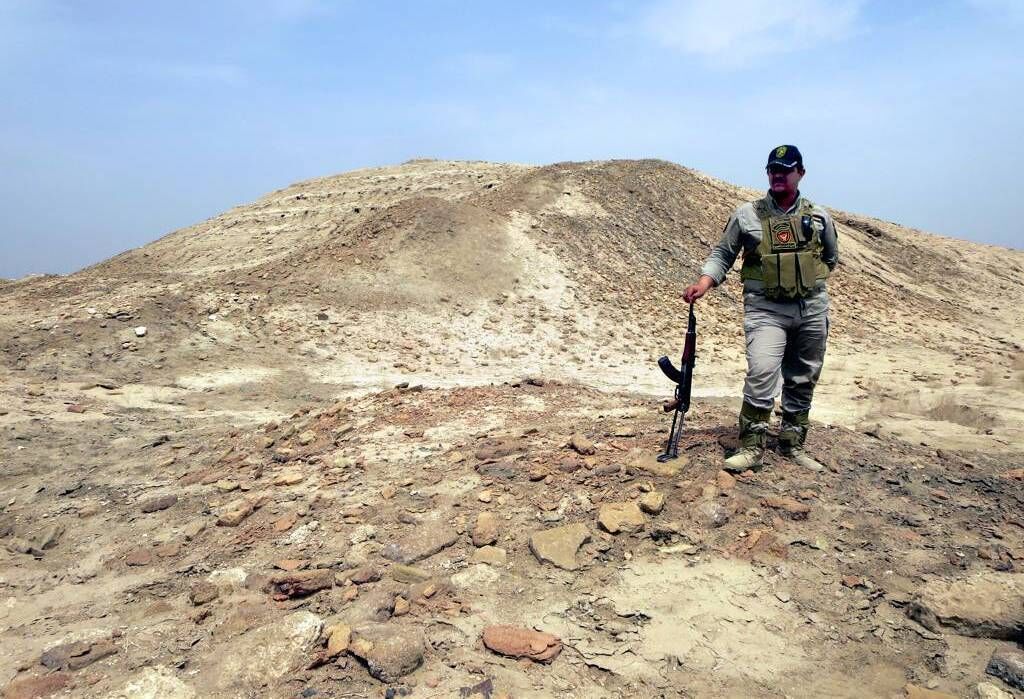
But the Sumerians were not the only authors to identify a first city. The Bible does too.
Bible’s First City

Genesis 4 follows the account of the “fall” of man and his expulsion from the Garden of Eden (a Hebrew term cognate with “paradise,” and actually matching quite well, in a sense, with the language of the king list: “After the kingship descended from heaven, the kingship was in Eridu”). The first part of the chapter describes the birth of Cain and Abel, the former’s murder of the latter, and the banishment of Cain’s family eastward from Eden, to the “land of Nod” (Nod meaning “wandering”).
There are two primary theories about the location of Eden: one, in or around the region of Iran; another, in or around modern-day Israel (as below). The latter identification would certainly fit with the emergence of man’s earliest cities from eastern Mesopotamia (such as Eridu) and the general identification of Saudi Arabia as the great “land of wandering”—all east of Eden. (For more on this subject, see the following article by Let the Stones Speak editor in chief Gerald Flurry, “The Incredible Origins of Ancient Jerusalem.”)
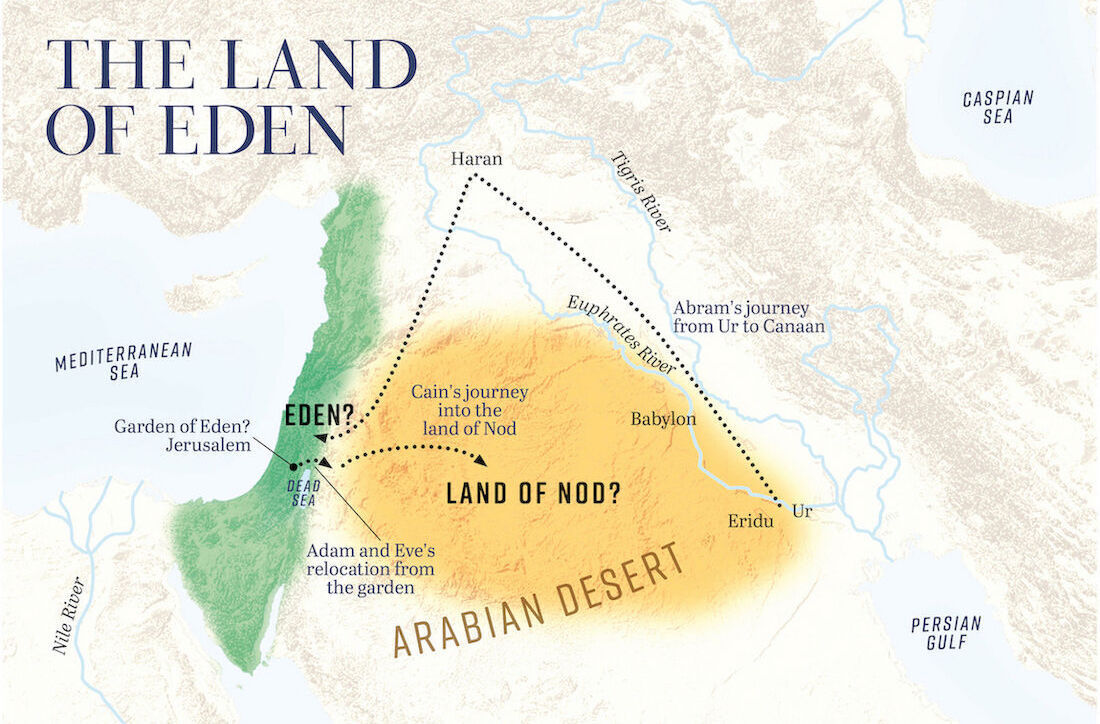
The biblical account proceeds: “And Cain went out from the presence of the Lord, and dwelt in the land of Nod, on the east of Eden. And Cain knew his wife; and she conceived, and bore Enoch; and he builded a city, and called the name of the city after the name of his son Enoch. And unto Enoch was born Irad” (Genesis 4:17-18).
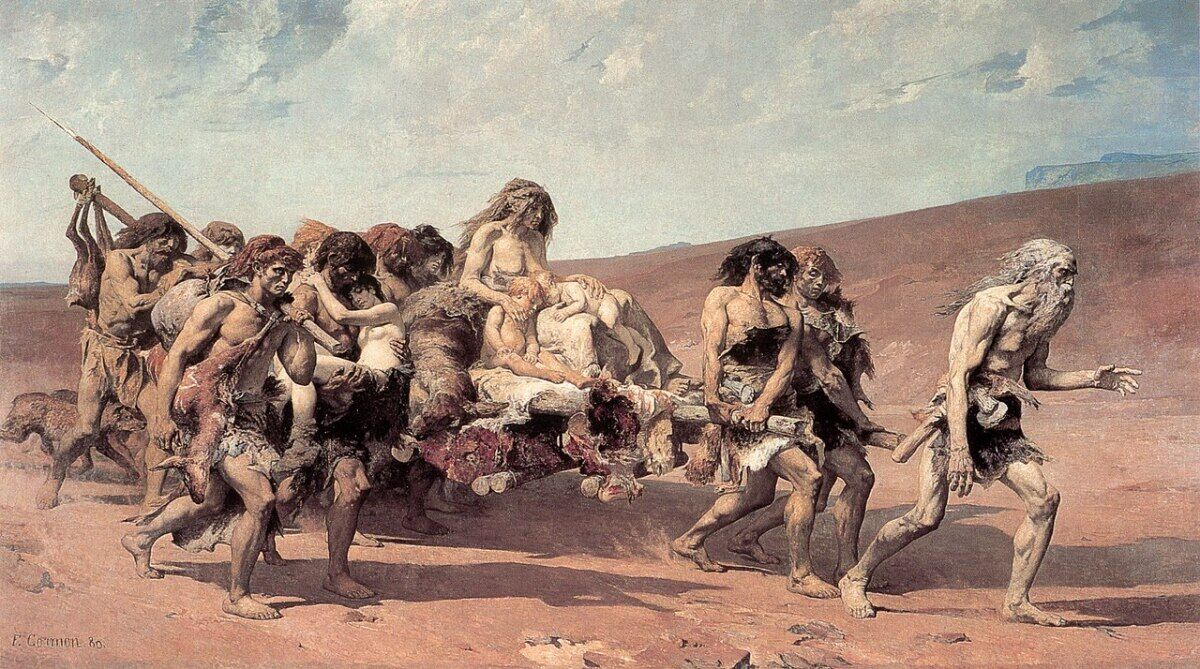
This is the “first city” described as being constructed in the Bible—a logical fit with our aforementioned Eridu. But there is more here than meets the eye.
Bible’s First City—Built by Whom, or for Whom?
A cursory reading of the passage would seem to imply that Cain built the city, and named it “Enoch” after his firstborn son. Of course, it is entirely possible that Eridu could have borne a different name right at the beginning of its founding. But there is more nuance contained in this passage that appears to align well with even the name of the city Eridu.
That’s because the city name Eridu is actually a good fit with the name of Enoch’s son, Irad/Erad (the last letter u in “Eridu” representing a fairly standard additional suffix). It could theoretically be possible to read the Hebrew of the verse in the following manner: “And Cain knew his wife; and she conceived, and bore Enoch; and he [Enoch, rather than Cain] builded a city, and called the name of the city after the name of his (Enoch’s) son. And unto Enoch was born Irad …” (Genesis 4:16-18). But there is an additional angle to this that may not necessarily imply a re-reading.
That’s because besides the uncanny parallel between the names Irad and Eridu, in the context of a “first city,” there is also a potential connection of the city with the name Enoch. This is with the patron god of the city: Enki.
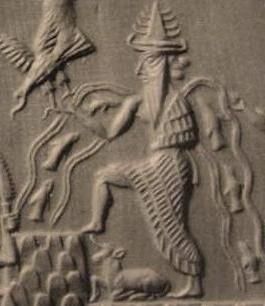
Enki is one of the original primordial gods of the ancient world, worshiped throughout ensuing centuries in Mesopotamia. He continued to be deified in the later Greek world as the equivalent god Poseidon. But Enki’s worship actually began at Eridu. Eridu was the original “home” of this god, the original city dedicated to his name, in a religious sense—to his worship.
Is it coincidence, then, that at the world’s “first city” we witness a degree of dual similarity between the names Eridu/Irad and Enki/Enoch?
Thus, perhaps rather than Cain simply calling the name of the city after his son Enoch, there is the possibility that he more meaningfully dedicated the city in worship of his son. Also, that the actual literal name of the city itself—surely the lesser honor—was given to Enoch’s son, Irad.
There’s another interesting angle, relating to this city. Certain researchers (such as Egyptologist David Rohl and Prof. Douglas Petrovich) posit Eridu as the original site of Babel, and that a massive ziggurat (a large, wide Mesopotamian terraced temple-tower) found at the site is none other than remains of the infamous tower of Babel itself. This massive edifice was actually part of much later construction at the site (depending on the dating and identification of the structure, up to 2,000 years after the original founding of the city). But this would only fit with the biblical account of the great tower, built chronologically some 1,500-2,000 years after the city’s establishment. And it would only further fit logically for Nimrod to center his tower (and civilization) at the original site of this “first city”—a misguided “return” of mankind, following the flood, to the “sacred” territory of Cain’s family.

Deification: From Man to God
Various attempts have been made to posit connections with the names of the Sumerian King List’s rulers to those of the biblical antediluvians of Genesis 4-5. There is another option. Instead of seeking connection with mere rulers, I would argue that a better connection is found with the gods—i.e. a deification of these original, earliest lineages of Genesis.
The Bible itself suggests such a thing: a deification of the lineage of Cain.
Genesis 4:1 reads: “And the man [Adam] knew Eve his wife; and she conceived and bore Cain, and said: ‘I have gotten a man with the help of the Lord.” Other translations variously read something akin to “a man from the Lord.” But these words in italics are not in the original Hebrew. They are an inserted attempt to make sense of an otherwise confusing sentence—one that actually isn’t. The literal Hebrew reads, “I have gotten a man, the Lord [Yahweh].” Surely Eve couldn’t have been referring to her son as “the Lord”?
Actually, this is revealed and explained in the preceding chapter. Following the “original sin,” God issues sentence on the serpent. “And I will put enmity between thee and the woman, and between thy seed and her seed; it shall bruise thy head, and thou shalt bruise his heel” (Genesis 3:15; King James Version). This verse is widely seen as representing the first prophecy of the Messiah in the Bible, that he would overthrow the serpent, or devil, and his hold over mankind. Eve’s statement in Genesis 4:1 evidently shows that she believed her own, immediate firstborn son, Cain, to be the fulfilment of that promise—going so far as to call him “the Lord” (Yahweh). Of course, she was sorely mistaken.
But we see internal evidence of this “deification” of the ensuing lineage continuing. A case in point is the reference to “sons of God” in Genesis 6:4—a long-debated passage that actually matches well in reference to the descendants of Cain (see our article here for a full examination of this passage).
This opens up a veritable Pandora’s box of potential parallels. If Eridu is the “first city,” named after Irad, and the deity worshiped therein, Enki, is to be identified with Enoch, it would proceed that Enki’s father, the Mesopotamian An (styled as the “First God” and “King of the Gods”), would be Cain. But despite being named as such, in Mesopotamian epics, An himself had a father—Anshar—who in following the same lineage, should therefore be cognate with Adam. But even Anshar himself has a being as his own “father”—the primordial god Lahmi. Could this be a reference to (or rather, corruption of) the name of the God of the Bible, Elohim—who in some ancient genealogies is also figuratively named the “father” of Adam (e.g. Luke 3:38)?
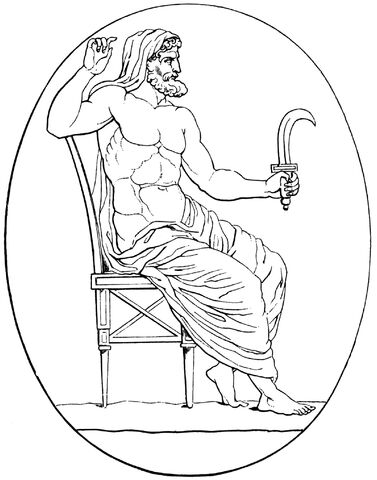
An alternative genealogy could be traced through the Greek gods. The line of Cain, as described in the Bible, closely fits with the deified “Olympians” of later Greek mythology. Again, in identifying the Mesopotamian Enki with the later Greek god Poseidon (Leonard Palmer, in his 1963 work Interpretation of Mycenaean Greek Texts, posits that the very name “Poseidon” is a direct translation of the meaning of the name Enki), that would make Poseidon’s father Cronus—a Greek god who in numerous respects parallels Cain. Cronus was the son of the goddess Gaia, considered to be the mother of all living (a clear Eve-type). Her son Cronus was the patron god of the harvest, symbolized by the sickle and grain. The biblical Eve’s son Cain is likewise highlighted specifically as a “tiller of the ground”—a crop farmer (Genesis 4:2-3). According to Greek mythology, Cronus became leader of the Titans and ruler of the world after a murderous act of ambush that soaked the ground in blood (albeit against his father, rather than his brother, as in the biblical account). Cronus then sired the first generation of Olympians with his sister Rhea—his offspring, of course, including Poseidon. (Many of the names and deeds of Cronus’s descendants contain fascinating parallels with Cain’s family in Genesis 4—see here for more detail.)
Cain’s line, therefore—very much human in origin, in the biblical account—certainly transformed itself into deified infamy.
The ‘Threshold of Written History’
But back to the Sumerian King List. The parallels between it and the biblical account are remarkable—including the identification of this first city in question, Eridu. A “descent” from paradise. The world’s “first city,” in an eastern location. Similarity in names/titles. Eight leaders of immensely long lifespans. A great flood. And we haven’t looked at the parallels of the many later emerging cities, directly fitting alongside the account in Genesis 10-11. For what was this flood followed by? A reemerging civilization centered in Sumer (biblical Shinar, Genesis 11:2), with cities such as Uruk (biblical Erech, 10:10), Akkad (biblical Accad, same verse), etc.
All coincidental parallels?
This all points to the antiquity of the information contained within the biblical account. But this then leads to the question: Which, in a sense, is the more “accurate” of the accounts—which bears the greater mark of authority, originality and antiquity—the biblical, or the Mesopotamian? Many scholars prefer the latter, believing the biblical account to have been simply dependent on the early Sumerian, Assyrian and Babylonian epics for its information.
We’ve already seen the utter unbelievability of the ages of the antediluvians given on the Sumerian King List, as compared to the more finely-tuned ages within the biblical account (a case in its own right). But I’ll let Percy Wiseman, 20th-century author and raf officer who published various works relating to ancient Mesopotamian inscriptions, answer the question as he saw it.
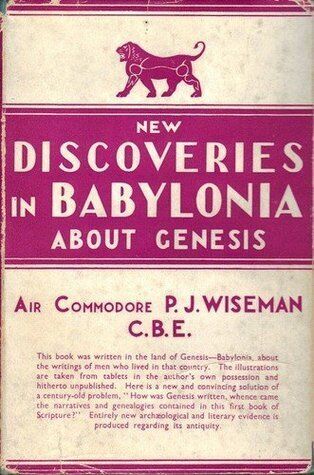
In his 1936 book New Discoveries in Babylonia About Genesis, he wrote: “[T]he Biblical records are immeasurably superior to the Babylonian. The Bible account is simple in its ideas, and irreproachable in its teaching about God, while the Babylonian tablets are complex and polytheistic …. [E]ven hostile critics admit that the records preserved to us in Genesis are pure and free from all those corruptions which penetrated into the Babylonian copies.” He continued:
This [early Genesis] account is so original that it does not bear a trace of any system of philosophy; yet it is so profound that it is capable of correcting philosophical systems. It is so ancient that it contains nothing that is merely nationalistic, neither Babylonian, Egyptian nor Jewish modes of thought find a place in it, for it was written before clans, or nations or philosophies originated. Thus it is the original, of which the other extant accounts are merely corrupted copies. Others incorporate their national philosophies in crude polytheistic and mythological form, while this is pure. Genesis … is as primitive as man himself, the threshold of written history.”